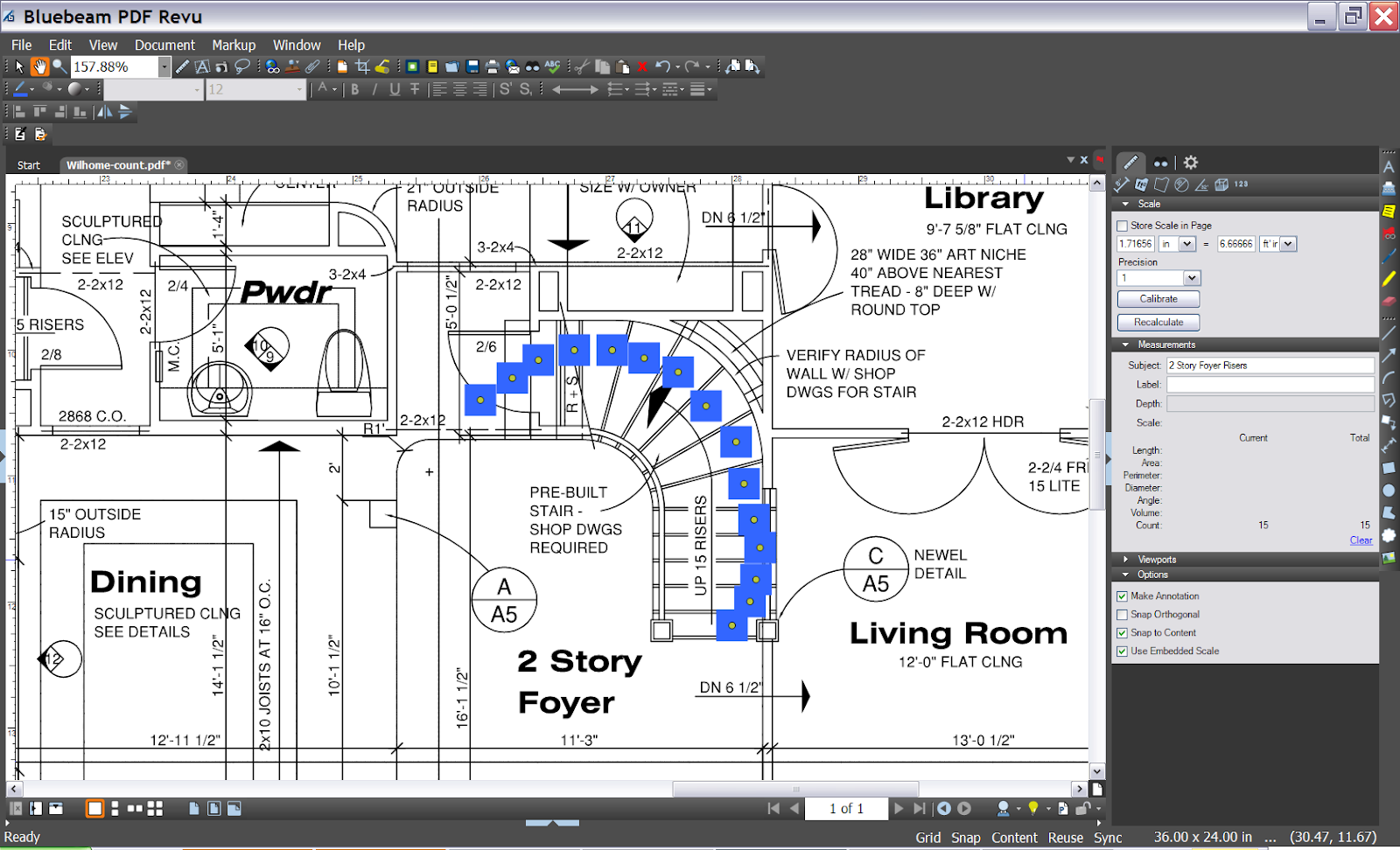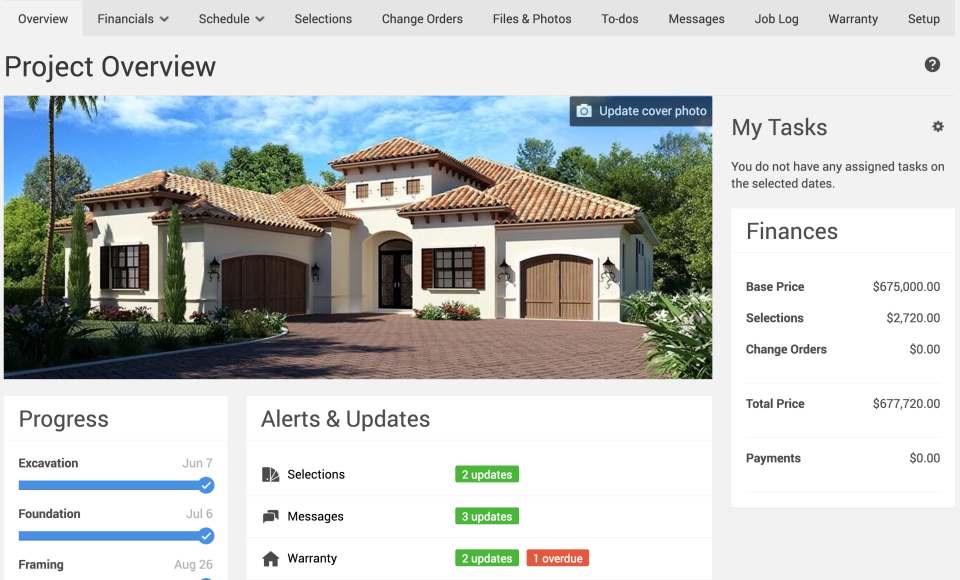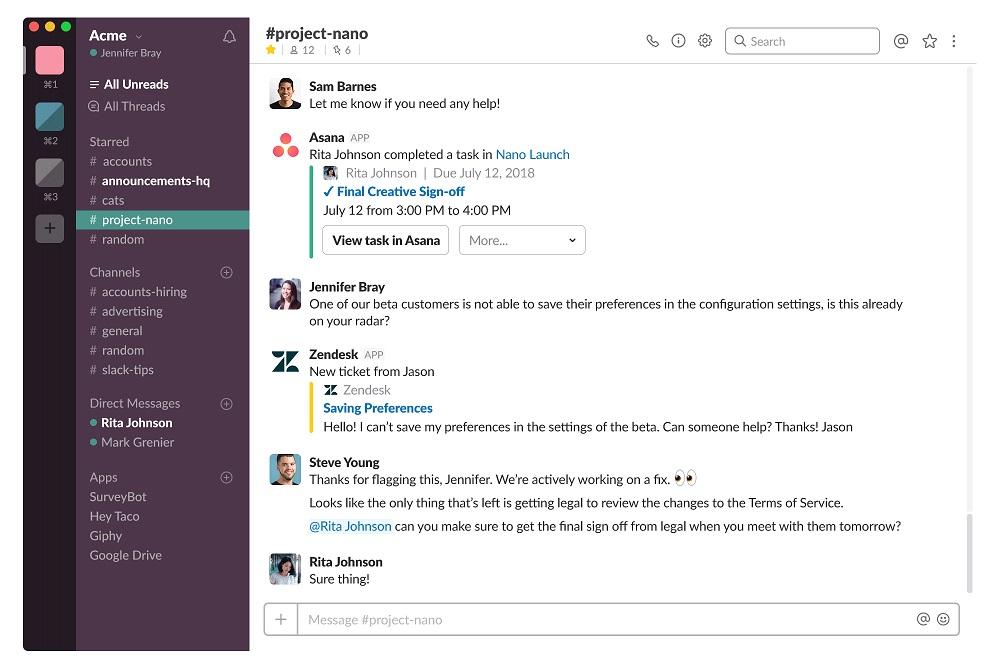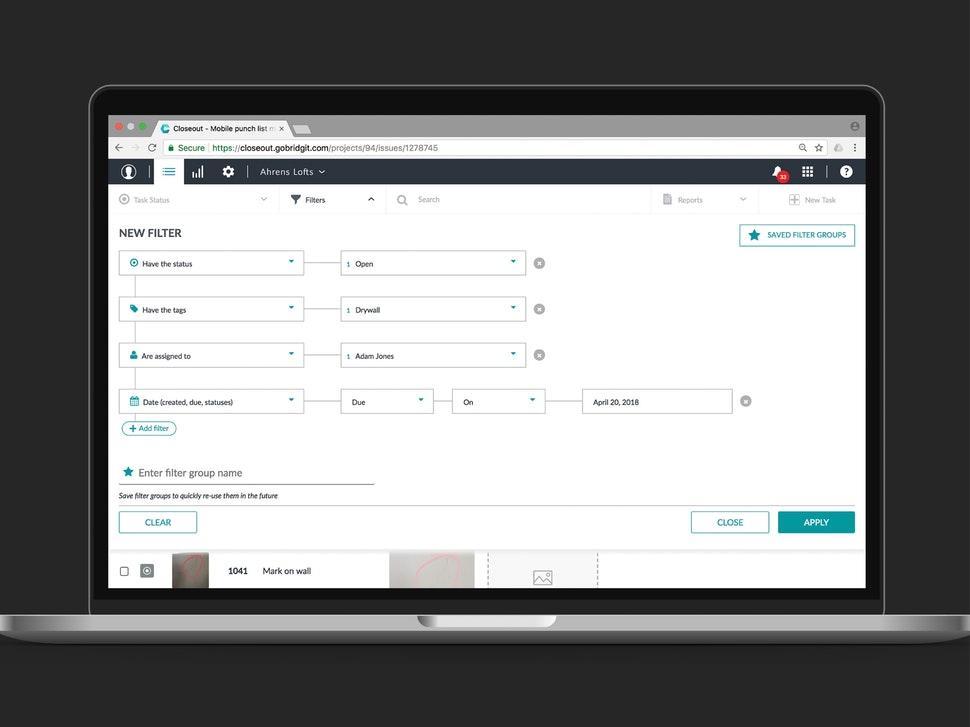In construction, digital transformation is as much evolutionary as it is revolutionary, which is why it might be smart to start out small.

You've heard the pundits declare that digital transformation is necessary for business success. You've heard that some construction companies are adopting new technology such as drones and Internet of Things (IoT) devices. And you've decided that a high-tech digital overhaul is just what your construction business needs for growth.
Not so fast.
In a typical construction company, employees still rely on pre-digital methods to execute tasks, and introducing new tech such as IoT and drones would have minimal benefits. Instead, it's likely that productivity would decline as employees fumbled with the new tools.
In addition to the uphill task of re-skilling employees, your organization would need to be ready to handle the data deluge new technology would bring. For instance, if you were to implement IoT or drones in your construction site, you would also need the IT architecture essential to tap into the enormous data streams generated by these tools.
Very few construction companies are prepared for this type of transformation. Most construction companies should begin their digital journey with tech solutions that augment core processes and digitize inherent workflows.
A good example of this type of solution is takeoff software, which is used in pre-construction planning to accurately measure the labor and materials requirements for a project. In this 101-guide, we'll discuss other tools for construction project management that could help ease your business into the digital age.
The 3 most-important construction phases
A construction project lifecycle can be broadly segmented into three phases: pre-construction (initiation and planning), construction (execution and monitoring), and post-construction (closure).
Below are brief explanations of each phase and the key tools that can be used during each:
1. Pre-construction phase
This is the phase when the business case for a project is conceptualized, a feasibility study is undertaken, blueprints are created, costs of labor and materials are estimated, and a project plan is devised. Takeoff software
Traditionally, estimators perform construction takeoff by manually measuring field sketches to estimate the total quantity of materials and labor required. But collaborating on manual drawings (incorporating stakeholder feedback, making revisions, and sharing updated drawings) can become a tedious process.
Takeoff software makes this process more accurate and convenient by allowing users to automatically calculate estimates using electronic drawings, such as CAD images, PDFs, and scanned images. The solution also makes collaboration easy, allowing multiple users to edit drawings and add notes, highlights, and markups.

Takeoff in Bluebeam Revu (Source)
Construction estimating software
Manual methods of calculating labor and material costs can lead to costly errors. Businesses can avoid human oversight and clerical errors by using construction estimating software. The tool comes with features, such as built-in calculators and trade-specific cost databases, that help businesses create more accurate cost estimation reports. Additionally, the solution supports pre-built bid templates that help businesses create professional-looking bid proposals.

Cost estimation in Estimator (Source)
Construction bid management software
A key requirement for general contractors in the pre-construction stage is setting up a team of reliable subcontractors. An unscrupulous subcontractor can cause project delays and even lead to potential lawsuits. Bid management software can speed up the process of finding and managing qualified subcontractors. This tool comes with features such as project bid tracking, document sharing, and a centralized repository for tracking all communications and contractual agreements with subcontractors.

Pre-qualification of subcontractors in SmartBid (Source)
Construction scheduling software
Construction project delays are often due to poor project scoping. Using project scheduling and planning software can help businesses correctly identify the time and effort required to complete a project and prevent scope creep. The tool comes with features such as scheduling templates, Gantt charts for identifying task interdependencies, and a communications tracker to keep everyone in the loop about project schedules.
Project scheduling and planning software is also used in the project execution stage to track schedule progression.

Task scheduling using a Gantt chart in Buildertrend (Source)
2. Construction phase
In the construction phase, the focus is on ensuring successful task completion within the initial time and cost estimations, as planned in the pre-construction phase. As a result, businesses need team collaboration and management tools for monitoring employee productivity, equipment usage, and project budget. Construction management software
Construction management software is essential for managing the execution of construction projects. The tool helps in tracking and monitoring projects to their successful completion, such as viewing the status of a project's tasks, recording the time employees spend on tasks, tracking equipment and materials inventory, capturing and tracking change orders, and monitoring project expenses and budget utilization.

Project overview in CoConstruct (Source)
Construction projects have numerous stakeholders: project managers, general contractors, subcontractors, engineers, designers, and field staff. Effective collaboration to keep all stakeholders on same page is critical for successful project execution.
To achieve this, construction firms should use collaboration tools that come with features such as shared calendars, team- or project-based chat channels, file sharing, voice calling, and video conferencing. Largely accessible by mobile devices such as iOS and Android smartphones, the tools foster unobstructed interaction among team members spread across job sites, helping firms avoid project delays resulting from fragile or siloed communications.

Team messaging in Slack (Source)
3. Post-construction
This is the project close-out stage where contractors need to ensure that the final deliverable meets the expectations of the owner/client. To that end, contractors need to create summary reports, detailing the completed items as per the initial contractual agreement. Instead of doing this manually, using software can help make the process much faster. Punch list software
A punch list tool can greatly reduce the time it takes to close a project. The tool comes with features such as file sharing, document editing, task notifications, and e-signature that speed up the process of documenting the final status of tasks and getting them approved by the client. For instance, contractors can use punch list mobile apps to capture and upload photographs of completed construction sites, send them to clients, and request feedback and approvals.

Punch list in Bridgit Field (Source)
Crawl before you walk
Success stories of digital transformation are widely celebrated, but what often gets overlooked is that the majority of attempts that fail do so because of something as fundamental as incorrect goal setting.
Correct goal setting requires learning to crawl before you walk. For a typical construction business, crawling into a digital transformation should begin with identifying technologies that drive immediate efficiency and lay the groundwork for more complex technology in the future.
If you want to cut to the chase and see the construction management products dominating the market, check out our Top 20 Construction Management Software Report.